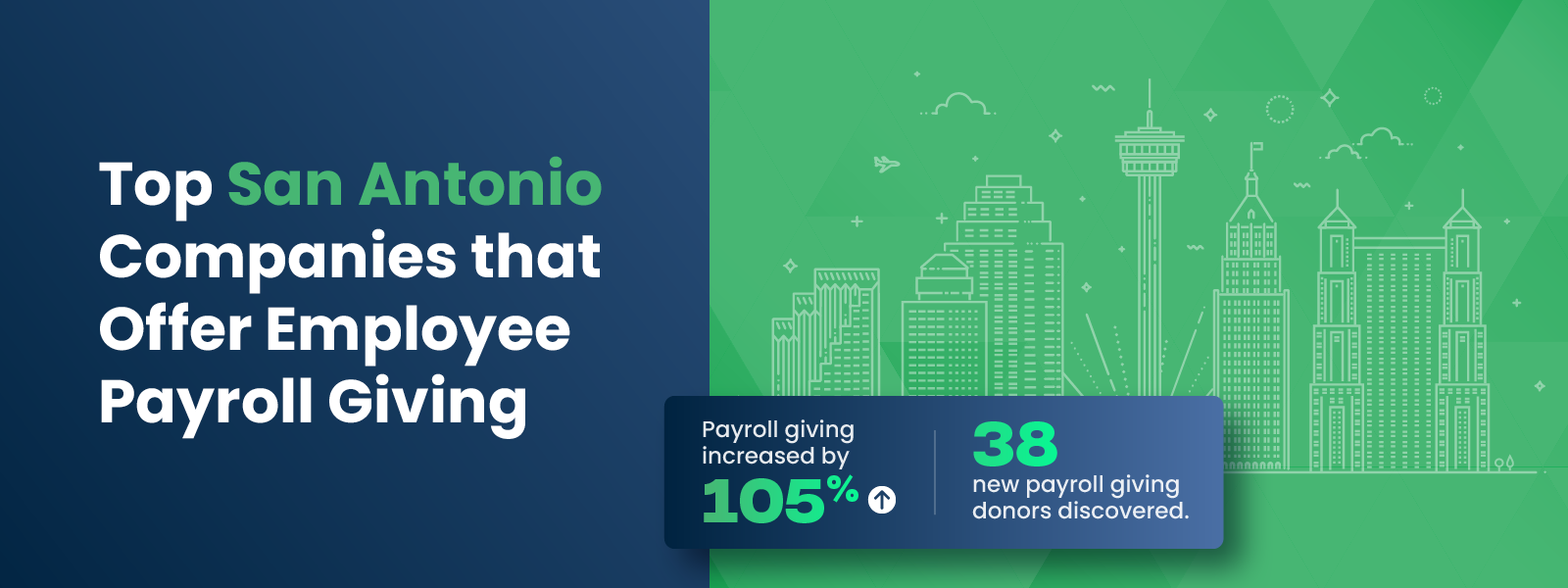
Top San Antonio Companies that Offer Employee Payroll Giving
San Antonio is a vibrant city known for its rich history, cultural…
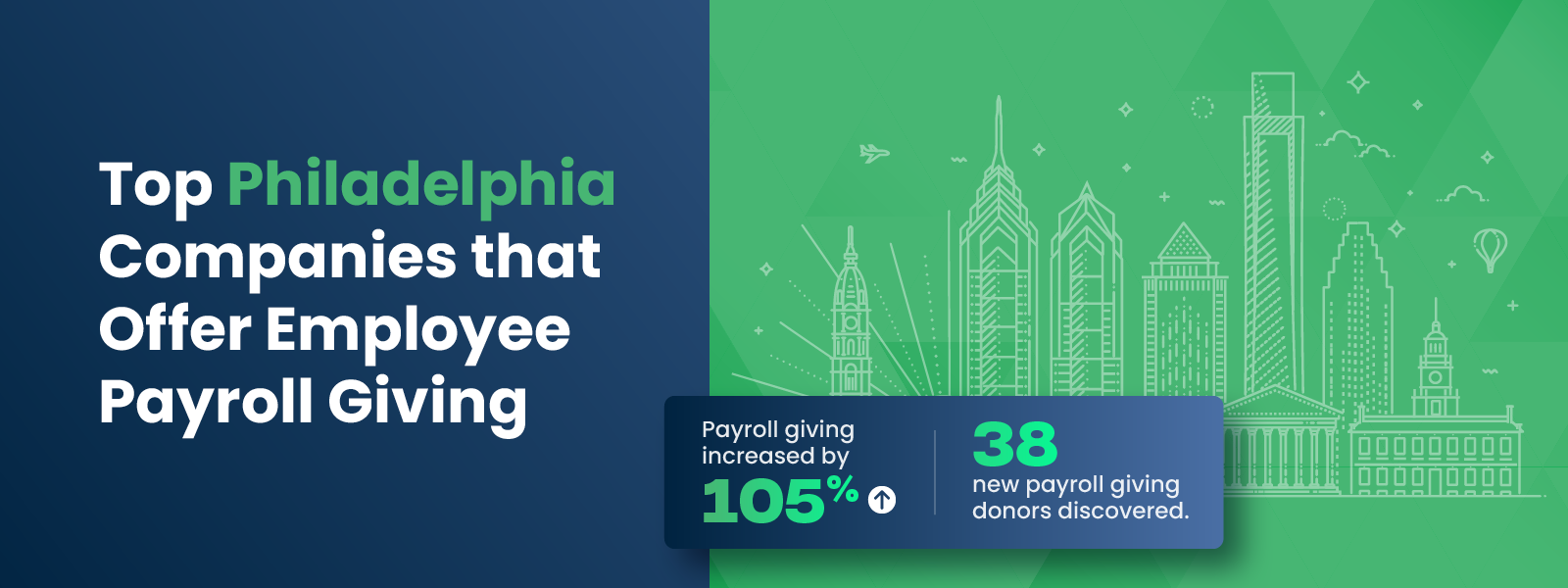
Top Philadelphia Companies that Offer Employee Payroll Giving
Philadelphia stands as a vibrant city with a rich history and…
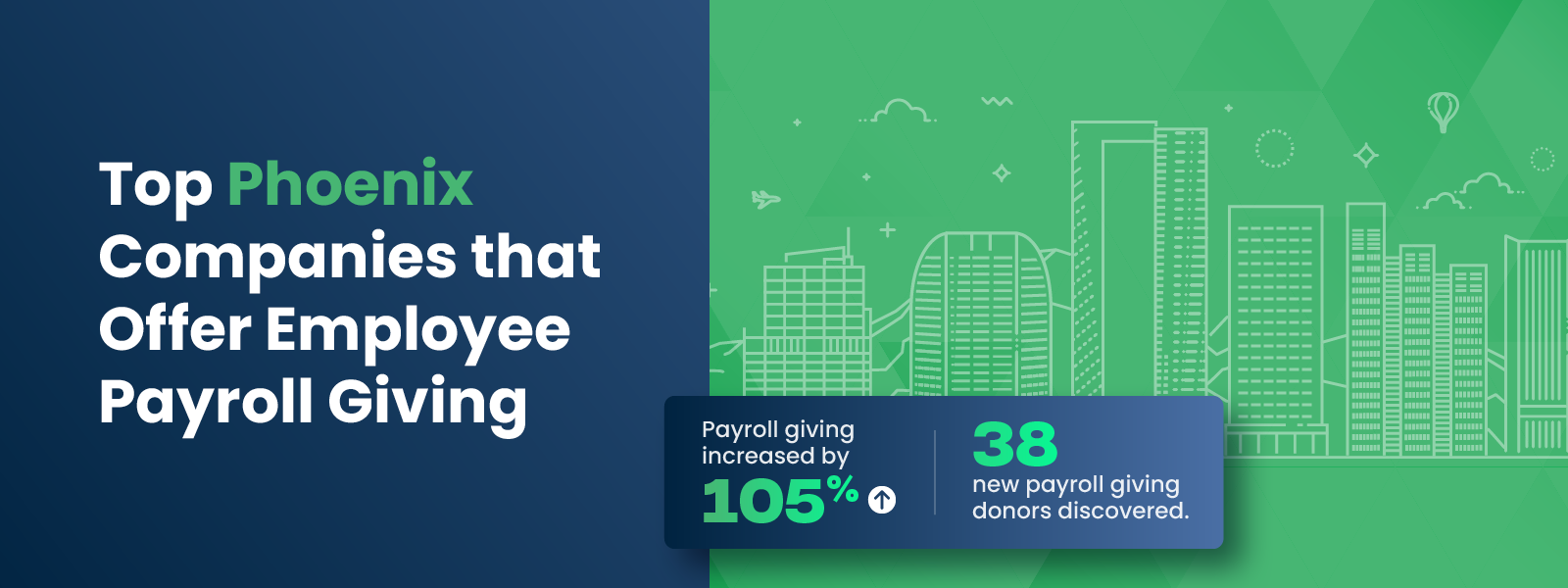
Top Phoenix Companies that Offer Employee Payroll Giving
Phoenix, Arizona, stands as a vibrant and growing metropolitan…
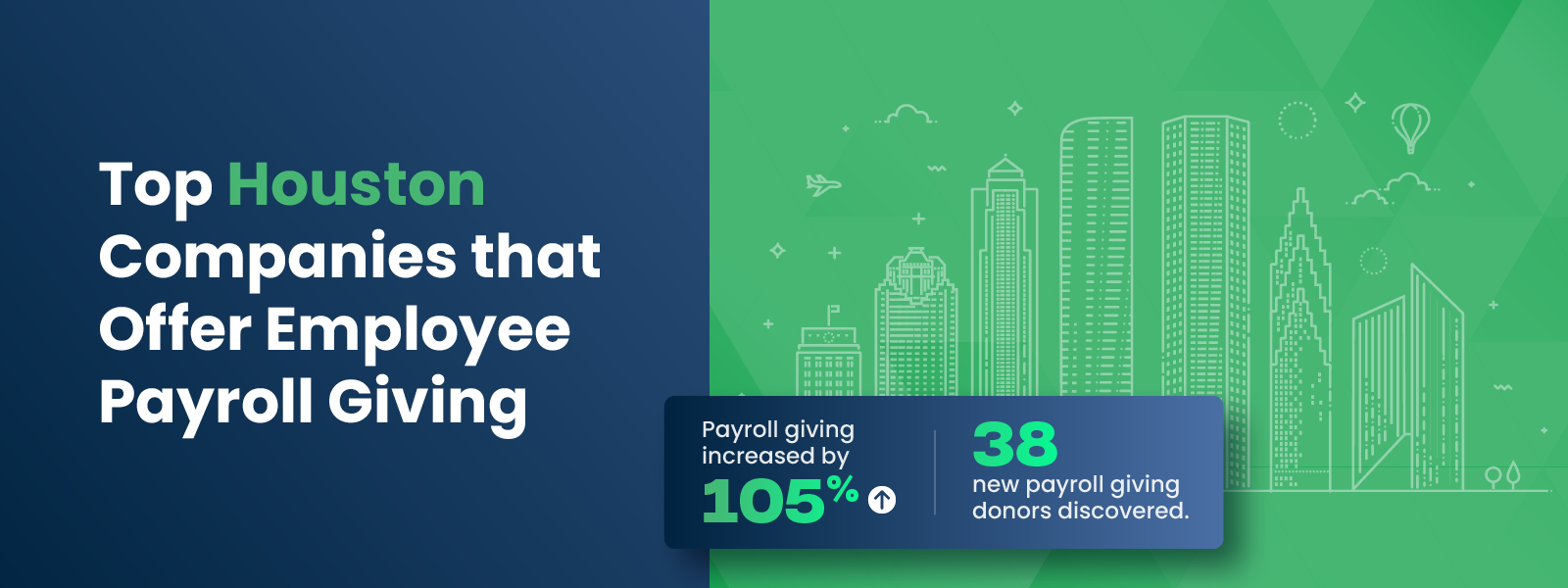
Top Houston Companies that Offer Employee Payroll Giving
Houston stands as a vibrant economic powerhouse, home to a diverse…
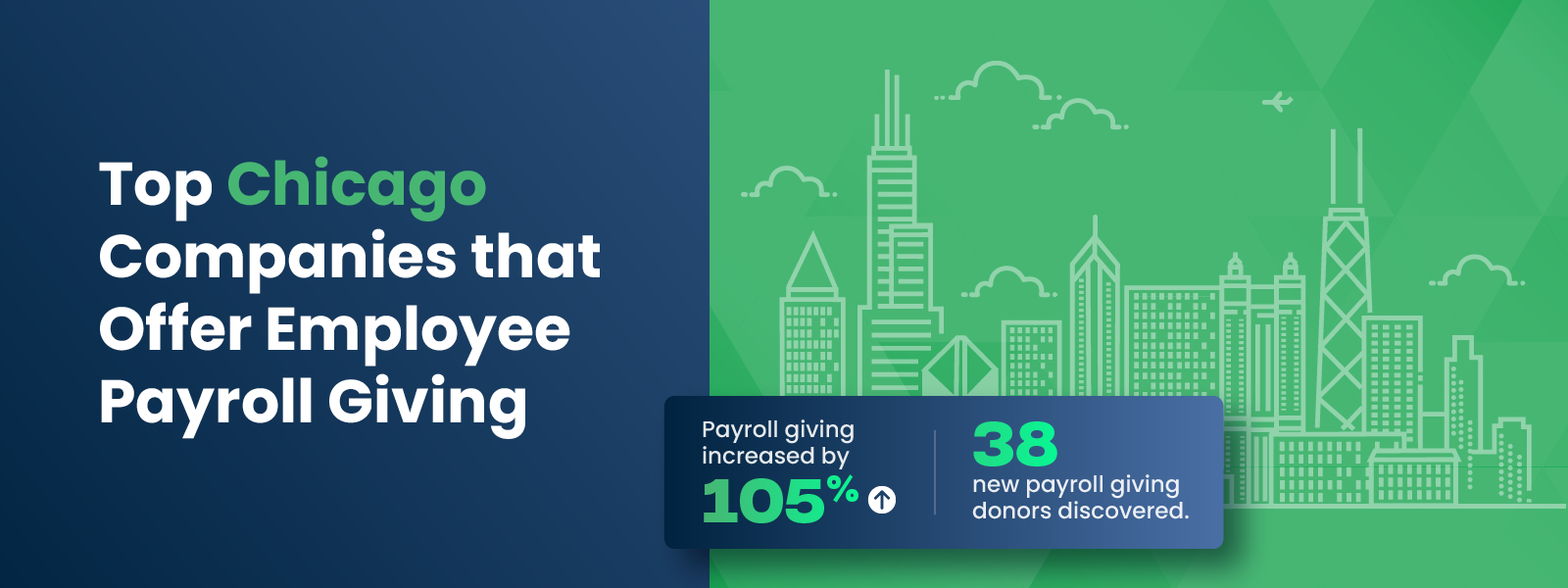
Top Chicago Companies that Offer Employee Payroll Giving
Chicago stands as a vibrant epicenter of commerce and culture…
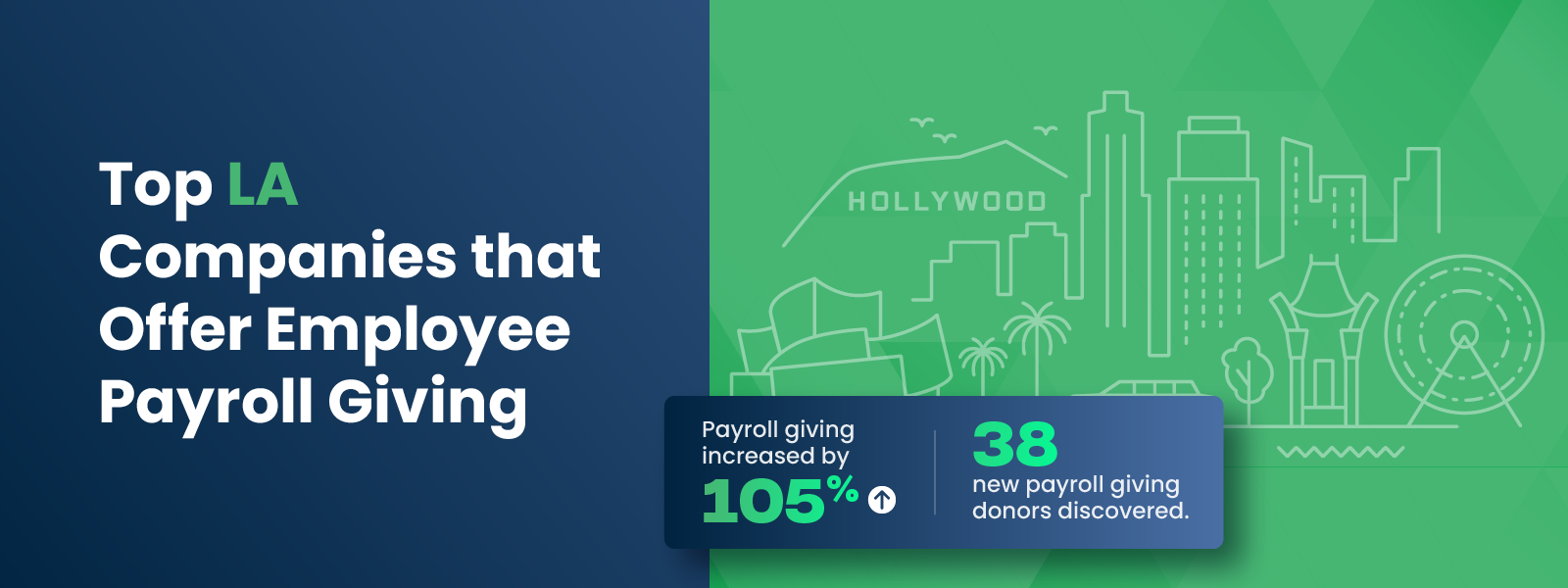
Top LA Companies that Offer Employee Payroll Giving
Los Angeles, commonly known as LA, is not only a vibrant cultural…
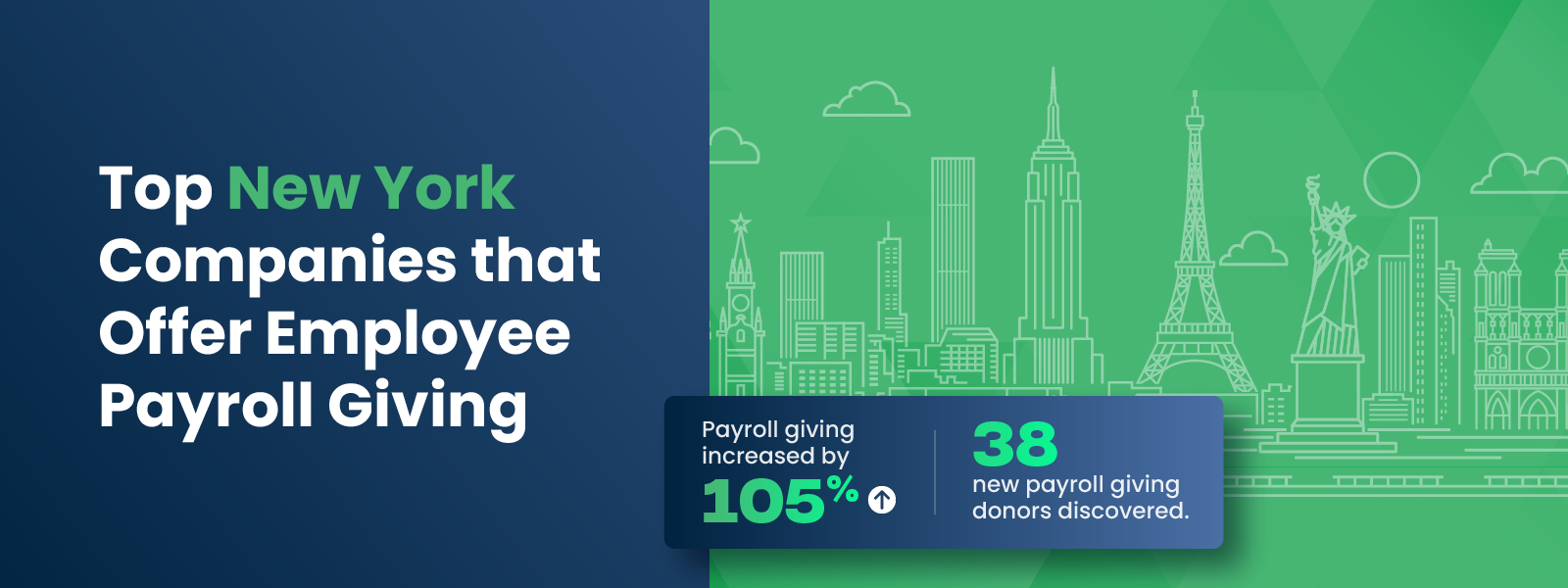
Top New York Companies that Offer Employee Payroll Giving
New York City stands as a beacon of commerce, culture, and philanthropy,…
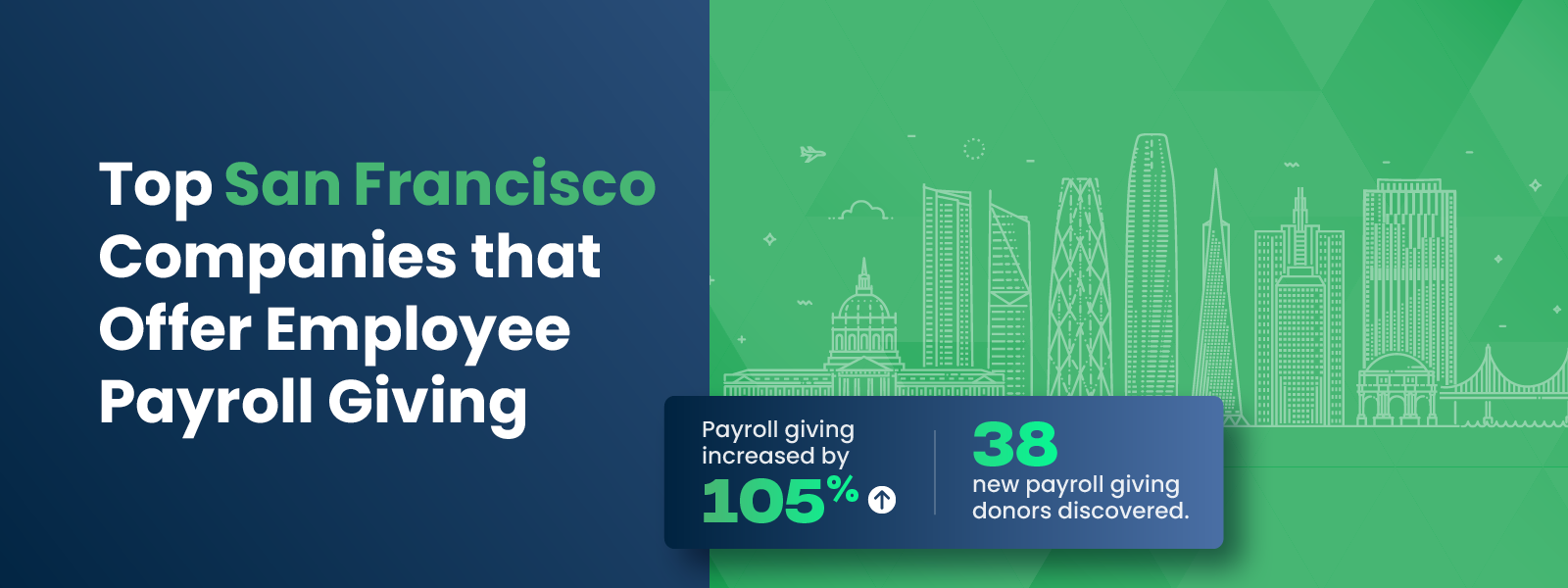
Top San Francisco Companies that Offer Employee Payroll Giving
San Francisco stands as a beacon of innovation, culture, and…

Top Charlotte Companies that Offer Employee Payroll Giving
Charlotte, North Carolina, stands as a vibrant and growing metropolitan…

Top Atlanta Companies that Offer Employee Payroll Giving
Atlanta stands as a vibrant epicenter of commerce and culture…

